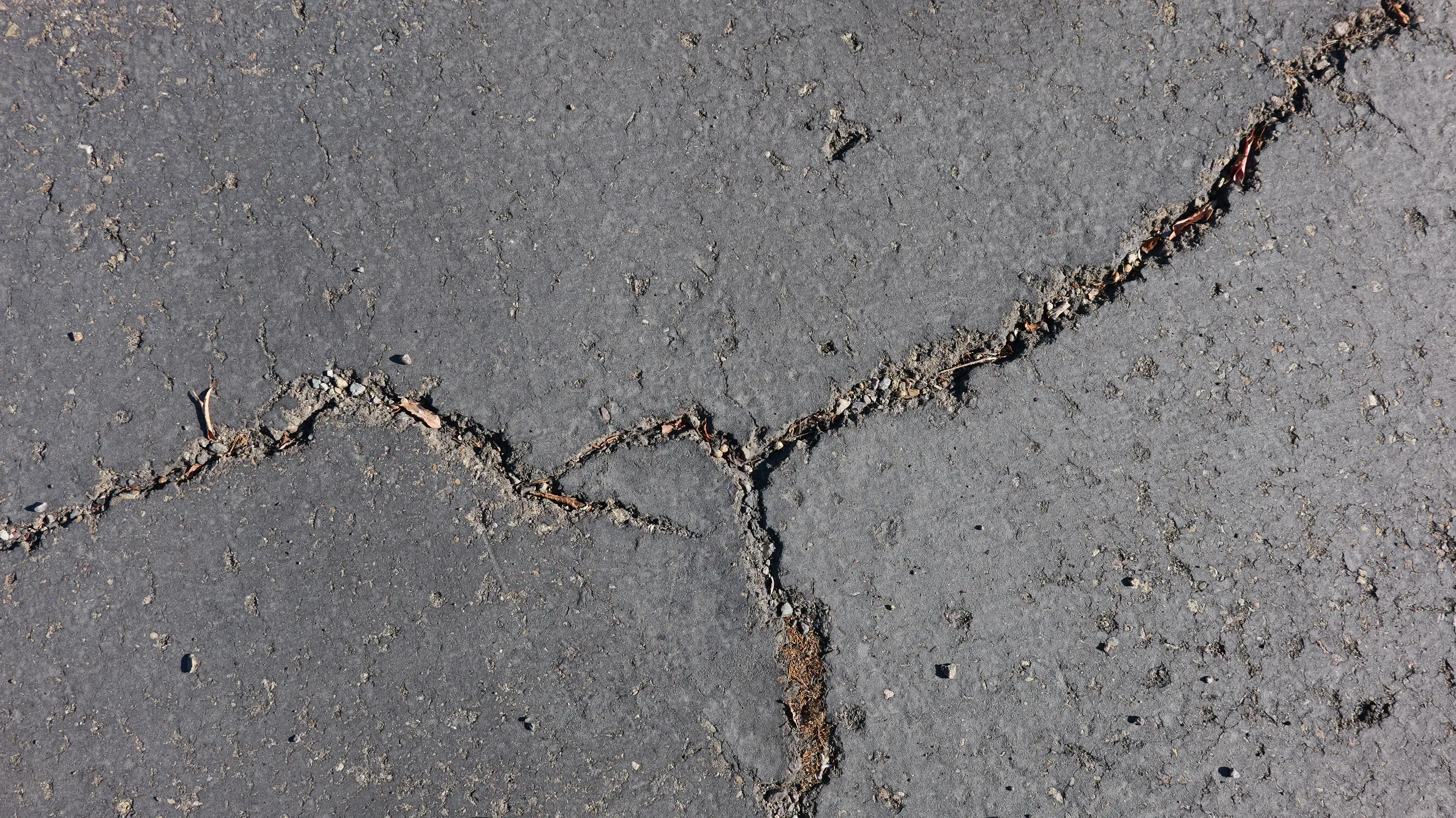Asphalt surfaces are widely used for roads, driveways, and parking lots due to their durability and cost-effectiveness. However, over time, various factors can lead to asphalt failures. Understanding these failures and the repair options available is essential for maintaining a safe and attractive surface.
Common Asphalt Failures
Cracking:
Alligator Cracking: Appears as a series of interconnected cracks resembling alligator skin, often caused by heavy loads or inadequate support.
Longitudinal Cracking: Runs parallel to the pavement and can result from improper installation or aging.
Transverse Cracking: Runs perpendicular to the pavement and is typically due to temperature fluctuations or poor drainage.
Potholes:
Potholes form when moisture seeps into cracks and expands during freezing temperatures, causing the asphalt to break apart. They can be hazardous and require immediate attention.
Raveling:
This occurs when the asphalt surface starts to break down, leading to the loss of aggregate and a rough texture. Raveling can be caused by poor quality asphalt or inadequate maintenance.
Bleeding:
Bleeding happens when excess asphalt rises to the surface, creating a shiny, slick appearance. It often occurs in hot weather and can reduce skid resistance.
Settlement:
Settlement refers to areas where the asphalt has sunk, often due to underlying soil movement or inadequate base support. This can lead to drainage issues and further damage.
Repair Options
Crack Sealing:
For minor cracks, sealing is an effective and economical solution. A sealant is applied to prevent water infiltration and extend the life of the pavement.
Patching:
For larger cracks or potholes, patching involves removing the damaged asphalt and replacing it with new material. This can be done using cold patch or hot mix asphalt, depending on the severity of the damage.
Resurfacing:
If the asphalt surface is extensively damaged but the base is still sound, resurfacing is a viable option. This involves applying a new layer of asphalt over the existing surface, improving its appearance and extending its lifespan.
Overlay:
An overlay is similar to resurfacing but typically involves a thicker layer of asphalt. It can help address issues like moderate cracking and raveling while providing a smoother surface.
Full Reconstruction:
In cases where the damage is severe and the base is compromised, full reconstruction may be necessary. This involves completely removing the old asphalt and base material and replacing it with new.
Understanding asphalt failures and their repair options is crucial for property owners and managers. Regular maintenance can prevent small issues from becoming major problems, extending the life of your asphalt surfaces and saving you money in the long run. Whether you need crack sealing, patching, or a full reconstruction, addressing asphalt issues promptly ensures a safe and appealing environment for everyone.
